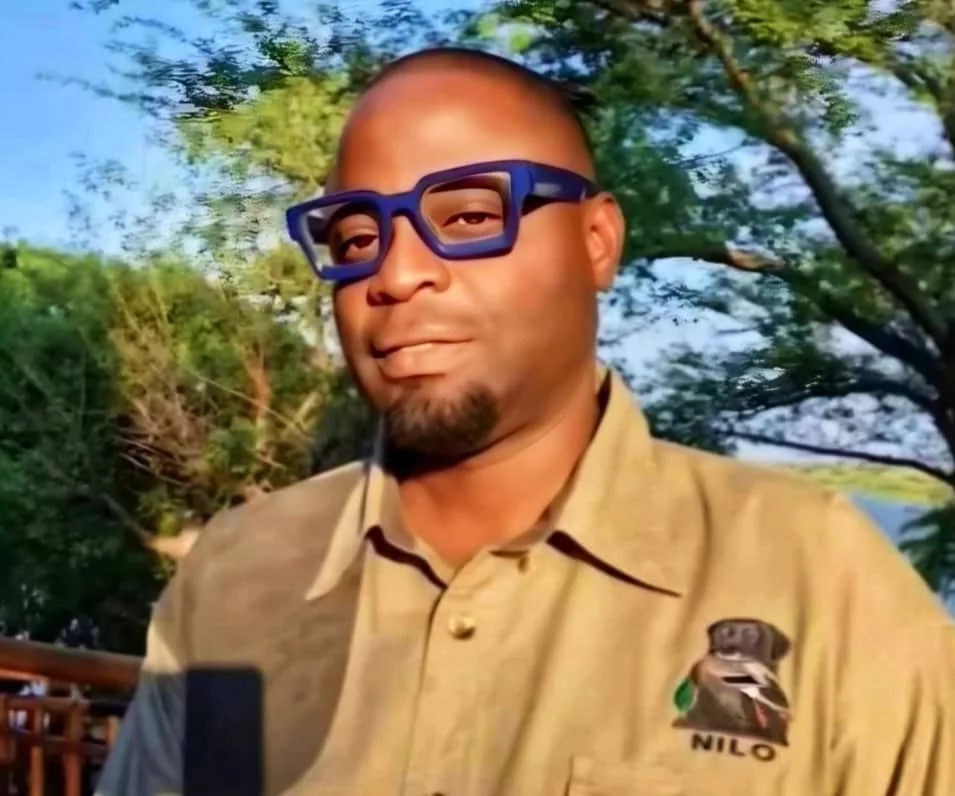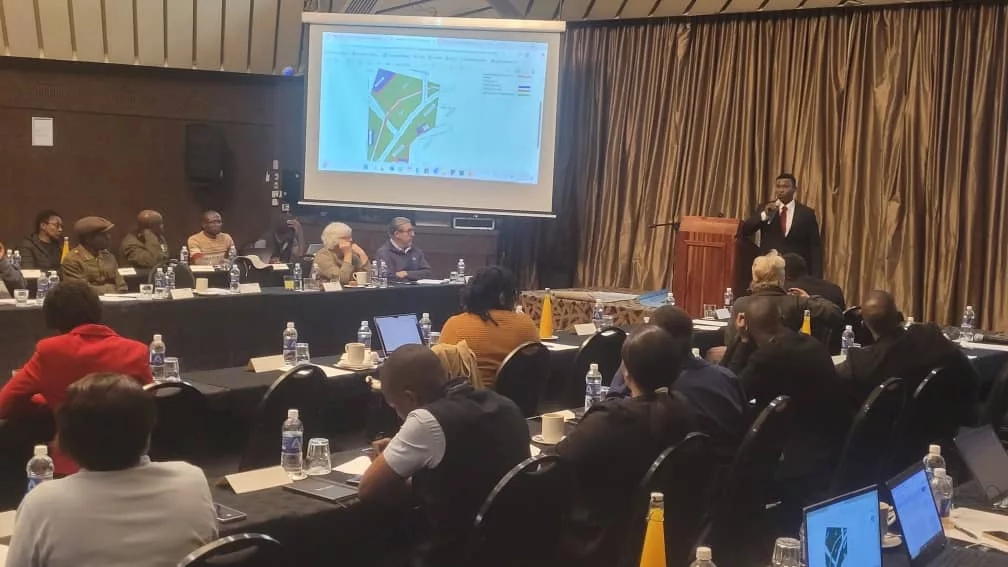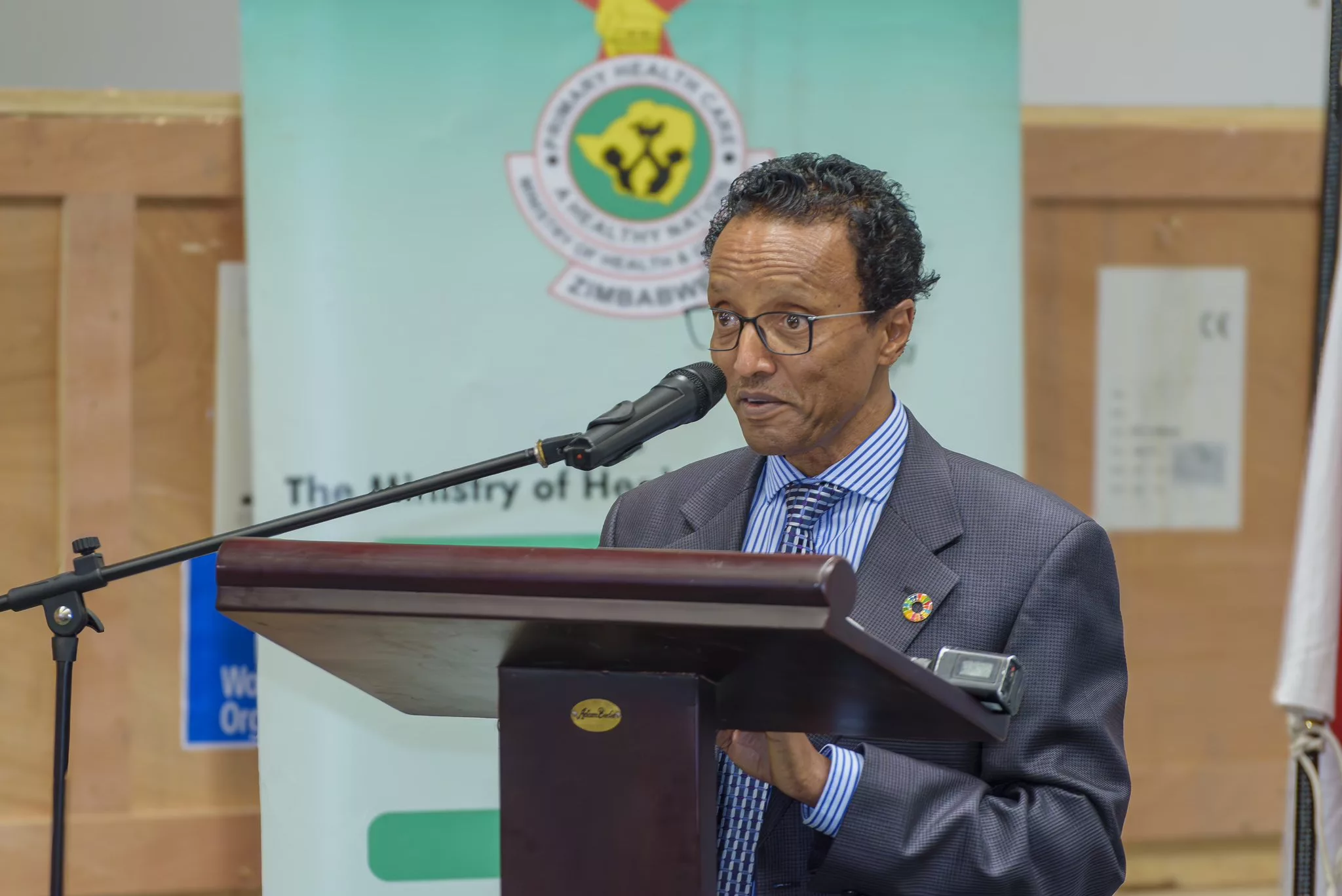Julia Kaufman, Alexander Winch, Shu-Shu Tekle-Haimanot, and Kalipso Chalkidou
How will the pandemic affect health services and financing across Africa? How can global health multilateralism play a more effective role in securing good health for all in the face of COVID-19? And how can health aid be most effectively targeted? Last month, CGD and the Global Fund to Fight AIDS, Tuberculosis, and Malaria convened a high-level discussion, chaired by CGD President Masood Ahmed, to explore some of the rapidly evolving answers to these questions. The event featured African Union (AU) Commissioner for Social Affairs H.E. Amira El Fadil, Gavi, the Vaccine Alliance CEO Seth Berkley, and Global Fund Executive Director Peter Sands. Here are three takeaways:
1. The true cost of COVID-19 will likely be measured by its impact on other health services.
Since March, CGD and others have been sounding alarm bells that the knock-on effects of COVID-19 on other health programs could cause more illness and death than the virus itself. Echoing these concerns, Berkley and Sands described the stark impact of the outbreak on key health areas supported by Gavi and the Global Fund. Last week, the Global Fund published a new report highlighting that mortality from HIV, TB, and malaria could as much as double over the next year, erasing decades of progress. Specifically, reduced access to TB testing, diagnosis, and treatment could result in an additional 6.3 million cases and 1.4 million deaths globally between 2020 and 2025. A six-month interruption of antiretroviral therapy could lead to more than 500,000 excess deaths in sub-Saharan Africa through 2021. And as previously emphasized by CGD experts and colleagues, COVID-19 threatens to disrupt vaccination coverage through a combination of supply chain constraints, health worker shortages, patient concerns, and pauses to service delivery, among other consequences. COVID-19 also poses a “double threat” to patients with existing health conditions given high-risk comorbidities. Further, the adverse effects on many health and social services pose a disproportionate risk to vulnerable and marginalized groups.
Global health funders are increasingly focused on getting resources to the frontline quickly in order to protect essential services. The Global Fund began allowing recipients to reallocate up to 5 percent of approved grants in March and launched a $500 million COVID-19 Response Mechanism in April—providing up to $1 billion in flexible funding. As of June 23, the Global Fund has received 68 funding requests totaling more than $468 million through the response mechanism. Additionally, Gavi has allowed up to 10 percent of health system and immunization strengthening grants to be reallocated and is considering additional flexibilities.
Some experts have raised concerns about the long-term operational implications of this approach and whether reallocating resources to fight COVID-19 threatens to divert attention away from the organizations’ core mandates. In response, Sands explained that given the risk of COVID-19 overwhelming already-stretched health systems, incapacitating health workers, and producing other severe disruptions, fighting HIV, TB, and malaria and tackling the pandemic are intertwined goals. Relatedly, H.E. El Fadil affirmed the AU’s commitment to mobilizing new resources for COVID-19 response efforts, as opposed to diverting existing resources away from other programs.
H.E. El Fadil also noted that some response measures, such as movement restrictions, may have lower returns to health in the African context. Considering that the health gains and economic costs of different policy responses will vary based on context, CGD experts have developed a net impact calculator to help decisionmakers consider the tradeoffs of potential containment strategies, in addition to collating an open-access inventory of real-time disruptions and proposing a framework to map out indirect health effects at the country level.
2. COVID-19 is both a devastating emergency and momentous opportunity to build a better future for health financing.
As policymakers grapple with how to address the direct health toll of the pandemic, limit its effects on other essential services, and mitigate the associated economic and social shock, COVID-19 will squeeze budgetary space for public expenditures on health and pose immense difficulties for domestic spending and co-financing commitments. While the need for external support has never been greater, as emphasized by H.E. El Fadil, the global scale of the crisis and dire macroeconomic outlook have caused some to worry that fiscal pressures in high-income countries may lead to reduced development assistance. However, all speakers underscored that, in today’s globalized world, disease threats are not solved anywhere unless they are eliminated everywhere.
Encouragingly, donor governments and private partners pledged more than $8.8 billion to support Gavi over the next five years at the Global Vaccine Summit last month. Another promising example of multilateral financing is the ACT Accelerator, a global collaboration of organizations and governments, including the Global Fund and Gavi, to accelerate the development, production, and equitable access to new COVID-19 diagnostics, therapeutics, and vaccines. Despite this positive momentum, financing for the ACT-Accelerator and other areas, including preparedness, still faces critical gaps. Looking forward, initiatives like the Global Health Security Challenge Fund could help to incentivize more and better financing for preparedness at the global and national levels.
The current crisis also offers an important opportunity to “better manage the interface” between domestic and external financing and to reassess the most efficient uses of each, including the role of donors in supporting global public goods like pandemic preparedness. Expounding on a broader conceptualization of global health security outlined by Sands, investments in health security should capture the risks of all disease outbreaks and bolster the health system resources, infrastructure, and tools to address them, including primary care as the foundation of universal health coverage (UHC).
As part of this integrated approach, governments and development partners should effectively coordinate and target resources to promote sustainable systems and expand regional capabilities for health security. Greater investments in country-led initiatives and regional institutions like the AU, African Leadership Meeting initiative, and Africa Centres for Disease Control and Prevention (Africa CDC) will help fortify the ability of African countries to maintain essential health services and combat future epidemics. For example, H.E. El Fadil stressed that for the Africa CDC to successfully lead the continent in the fight against COVID-19 and beyond, additional resources for the AU’s COVID-19 Response Fund will be needed. Speakers also discussed the pandemic as an opening to bridge the chasm between the health and finance sectors and elevate health risks on global and national economic agendas in a more sustained way than previous “boom and bust” cycles.
3. More health for the money is an essential element of domestic and global health policy.
In addition to mobilizing new resources, speakers flagged the importance of allocating domestic and external resources to maximize health gains. When considering the most impactful ways to channel development assistance, technical and financial support for priority-setting rises to the top. To mount an effective outbreak response, leapfrog to more sophisticated strategies, and fulfill UHC goals, African health systems must build regional and country capacity to use health technology assessment and related economic evaluation so that they can identify the health interventions and products that generate the greatest impact. Relatedly, Berkley explained that allocative efficiency is crucial as part of both COVID-19 response and broader health system strengthening efforts. Given the scale of health financing challenges facing the global community and national policymakers, prioritizing scarce resources for the most effective uses is all the more important.
Procurement is another key function in the spotlight. Last week, the Africa CDC launched the Africa Medical Supplies Platform to pool orders for global diagnostics and medical equipment. Through initiatives like this online marketplace, H.E. El Fadil highlighted the AU’s focus on scaling up testing to ensure policymakers have a clear picture of the epidemiological situation. H.E. El Fadil also discussed progress towards standing up the African Medicine Agency, which would strengthen regulatory capacity, harmonize evidence review, expedite approvals of high-value medicines in the region, and encourage more local production and manufacturing of medicines (addressing many of the challenges identified in the final report of CGD’s working group on global health procurement). As another example, the Global Fund is working closely with UNICEF and other partners through a WHO-led consortium to rapidly procure COVID-19 diagnostics and advance equitable access to testing.
Support for global health procurement systems and infrastructure is well-aligned with a “one health” approach to global health security; regional capacity building for institutions like the Africa CDC are critical to reducing country vulnerabilities to future pandemics and to improving resilient and strong health systems overall. Additional areas for strategic investment and technical assistance include public financial management and data and surveillance systems, among other best buys.
All speakers ended on a note of optimism, recognizing the COVID-19 crisis as an opportunity for policymakers, health multilaterals, other development partners, and the broader global health community to reinforce the centrality of sustainable, efficient, and coherent health systems in attaining better health for all, regardless of who they are or where they live.






